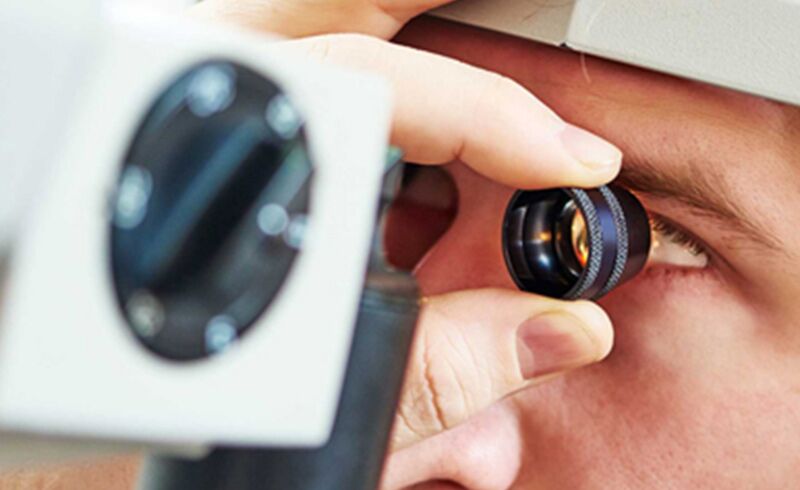
Our eyes are made up of various parts, and each serves a specific function. However, it’s their collaboration that provides us with the ability to receive and process visual details. These are treatments for Keratoconus, and if even one component comes under harm, our vision as a whole is negatively affected.
What are Treatments for Keratoconus?
Keratoconus is a progressive eye disease that causes the cornea, the clear outer lens of the eye, to become thin and more irregular in form, changing from a dome shape into a cone-like one. As the cornea unwillingly changes shape, it invites a range of problems like unusual light sensitivity, progressive nearsightedness and irregular astigmatism to name just a few. Doctors are not completely sure why some people develop Keratoconus, but it is associated with eye allergies and excessive eye rubbing and has a genetic predisposition as well.
Although it can begin in childhood, it usually occurs in the teenage years continuing up until 30 years of age. It is rarer to find in people of 40 years and older. Changes may occur immediately, come and go in short bursts or may appear slowly over several years and continue for a much longer period of time. More commonly, keratoconus develops in one eye first but ends up affecting the other one to some extent as well. In the early stage, symptoms can range anywhere from mild blurring of vision to glare and halos at night and even result in streaking of lights. As it advances, it forces the cornea to sweep suddenly and begin to scar. This scar tissue in turn causes the cornea to lose its smoothness and as vision becomes even more distorted and nearsightedness and astigmatism increase, chances are you will be required to wear prescription glasses. Another indicator that it has worsened is if you already wear contact lenses and they no longer fit properly and are uncomfortable. If you haven’t already scheduled a visit to your ophthalmologist, now is definitely the time to do so. A diagnosis can be made through a routine eye exam where your cornea will be thoroughly examined to measure its curvature in case there have been any changes in shape and map the cornea’s surface to show its condition.
How Is It Treated?
Treatment options are bound to vary depending on the mildness or the severity of symptoms. If detected in the early stages, eyeglasses or soft contact lenses can be used to correct any oncoming nearsightedness and astigmatism. However, if the eye condition continues to worsen, a special type of hard contact lenses may be the solution. Where the disease is causing poor vision even with the use of glasses or contact lenses, additional treatment methods such as implantable ring segments (INTACS) and cross-linking are available. Implantable ring segments consist of small, curved devices that, under local anesthesia, are surgically inserted inside the cornea to help to flatten its curvature and restore its dome shape in order to improve your vision. Post-procedure patients who were unable to wear soft contact lenses due to discomfort may once again be able to wear them. In cross-linking, the ophthalmologist will expose the eye to ultraviolet light treatment to strengthen the cornea’s collagen fibers and prevent it from bulging further. In the rare cases where corneal cross-linking does not prove to be successful in slowing or stopping keratoconus, conceal transplantation surgery, also referred to as penetrating keratoplasty, is recommended. During this procedure, all parts of your diseased cornea will be replaced by healthy donor corneal tissue. After the surgery, it will require at least a year for your vision to be completely stabilized and in some cases, patients may still be prescribed a specialty contact lens for optimal results.
Keratoconus is neither a common occurrence nor a rare disease so it is in your best interest to see an ophthalmologist regularly in case it needs to be detected. Even if you are diagnosed, rest assured that your eye specialist will provide you with a range of treatment methods that will make sure your cornea’s dome-shape is restored and optimal vision is maintained.
